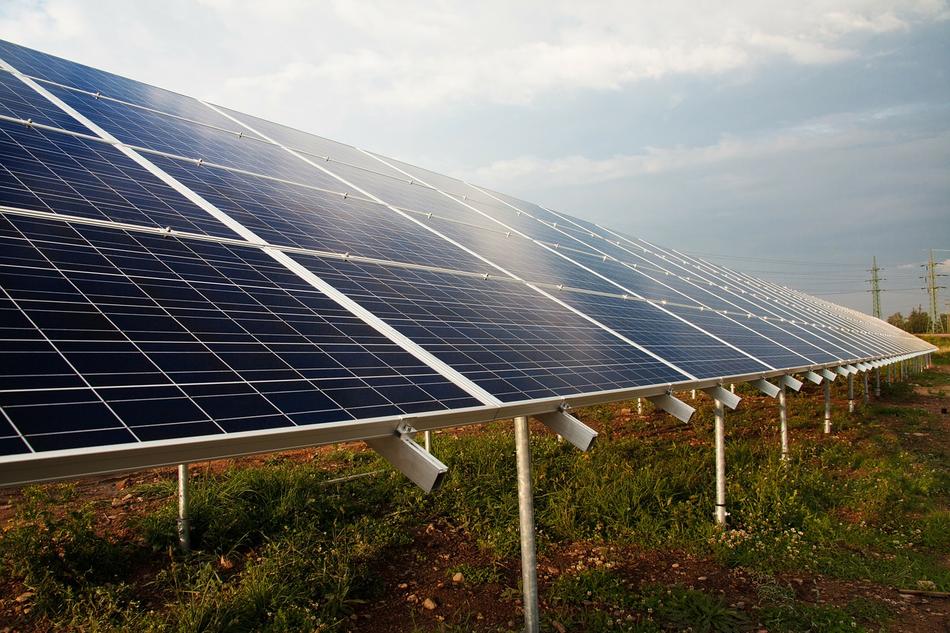Commercially available solar panels today convert only about 15 percent of the energy captured from sunlight into electricity. The remaining energy gets lost in a variety of ways. For instance, silicon, the semiconductor found in most solar cells that compose the panels, naturally absorbs some energy.
The U.S. Department of Energy recently awarded Columbia researchers a $16 million, five-year grant to invent more-efficient solar cells. Chemist Louis Brus, physicist Tony Hein, and electrical engineer James Yardley will lead a team of about 15 professors in an attempt to create cells that transmit electricity not through silicon but through novel manmade materials such as graphene. Graphene is created by arranging carbon atoms in a crystalline latticework thatÕs one-atom thick; it is the hardest material ever tested, which gives it very low electrical resistance. The Columbia professors hope to develop technology that could be used eventually to generate electricity for a wide range of uses, from automobiles to homes to laptop computers.
Through the grant, Columbia becomes home to 1 of 46 new DOE-funded Energy Frontier Research Centers that will pursue advanced scientific research on clean-energy technology. "Several other centers will be trying to improve existing solar cell technology, but we're really trying to invent something completely different," says Brus. "Every technology has a standard limit of efficiency, beyond which tinkering does not improve it all that much. And our project is looking for that revolutionary advance that could double or triple the efficiency of these things."
New York governor David A. Paterson '77CC has offered to seek up to an additional $500,000 to support the project. The New York State Energy Research and Development Authority has already said it will contribute $250,000, and the New York State Foundation for Science, Technology and Innovation has offered access to the supercomputers at the Brookhaven National Laboratory and Rensselaer Polytechnic Institute.
The Columbia team plans to collaborate with researchers at the University of Minnesota, the University of Arkansas, and Purdue University.



